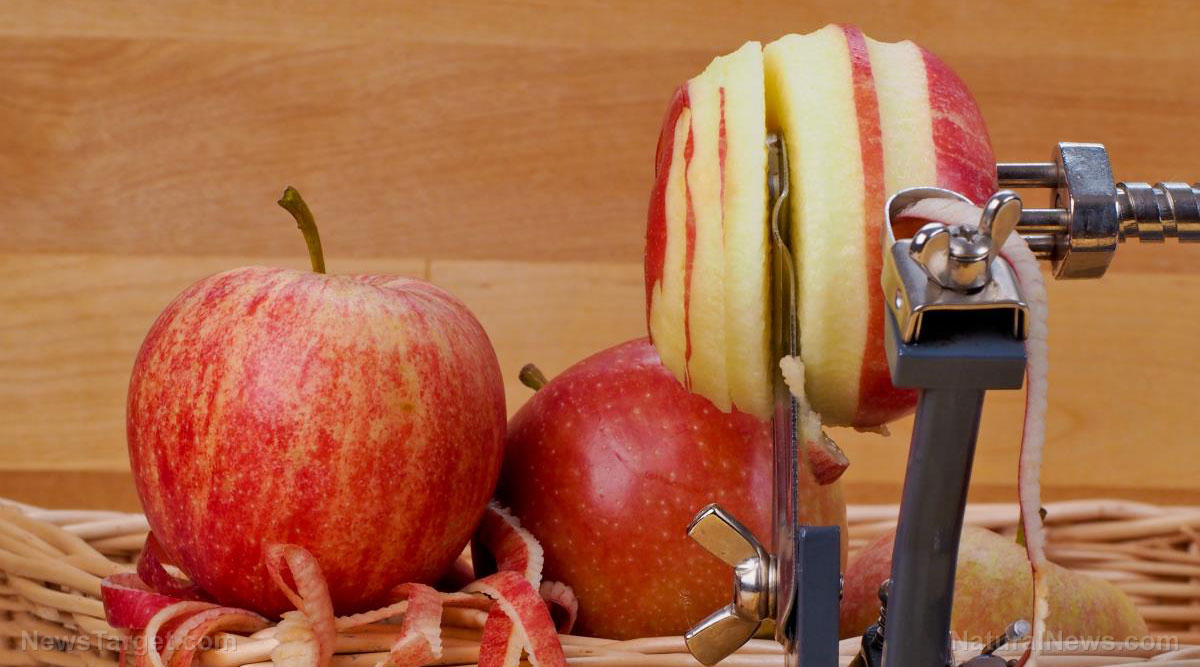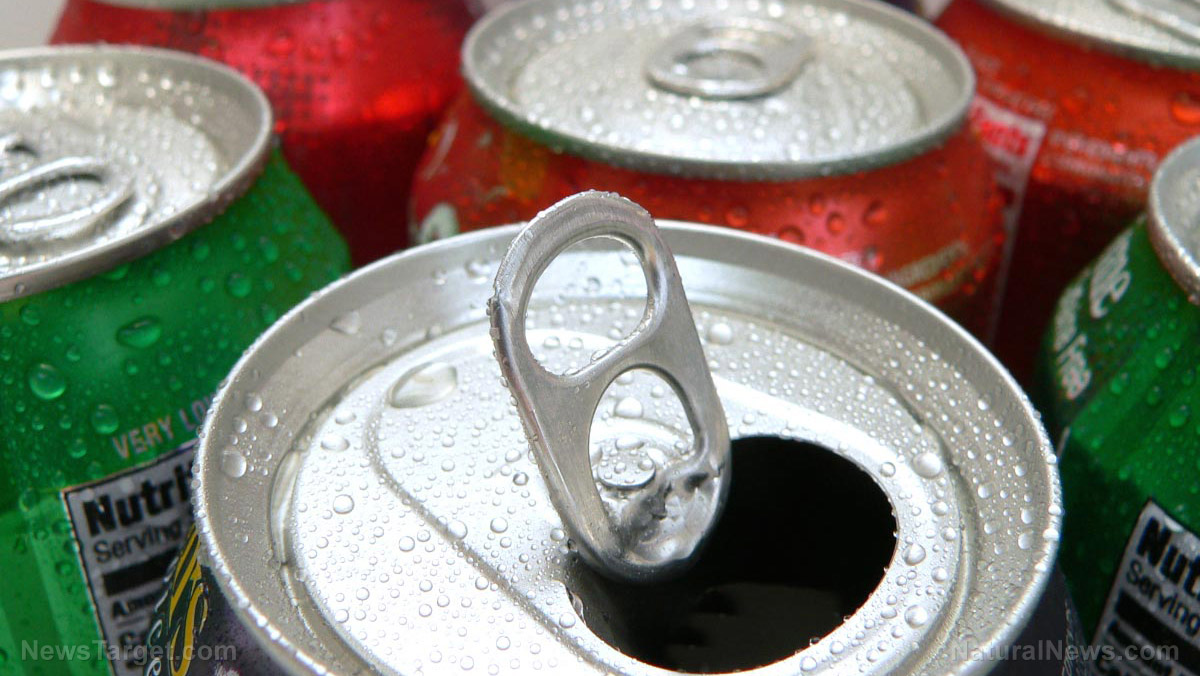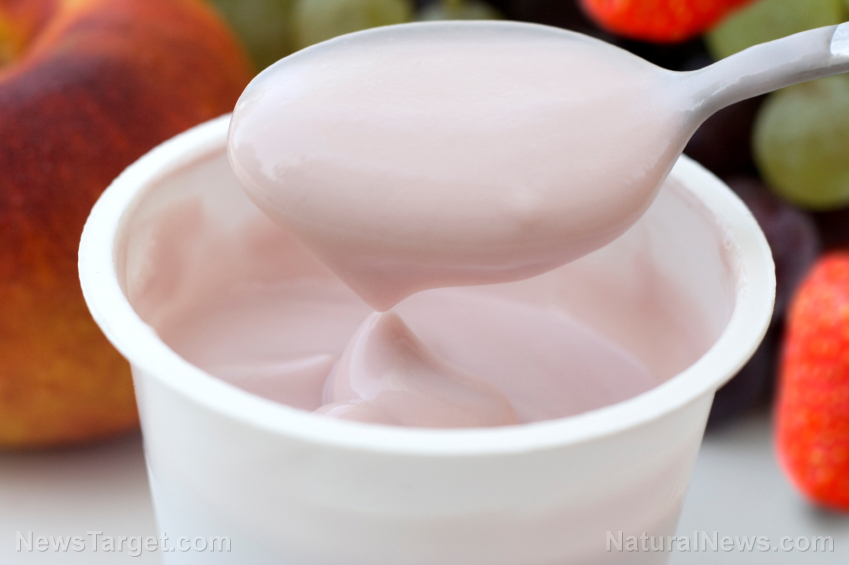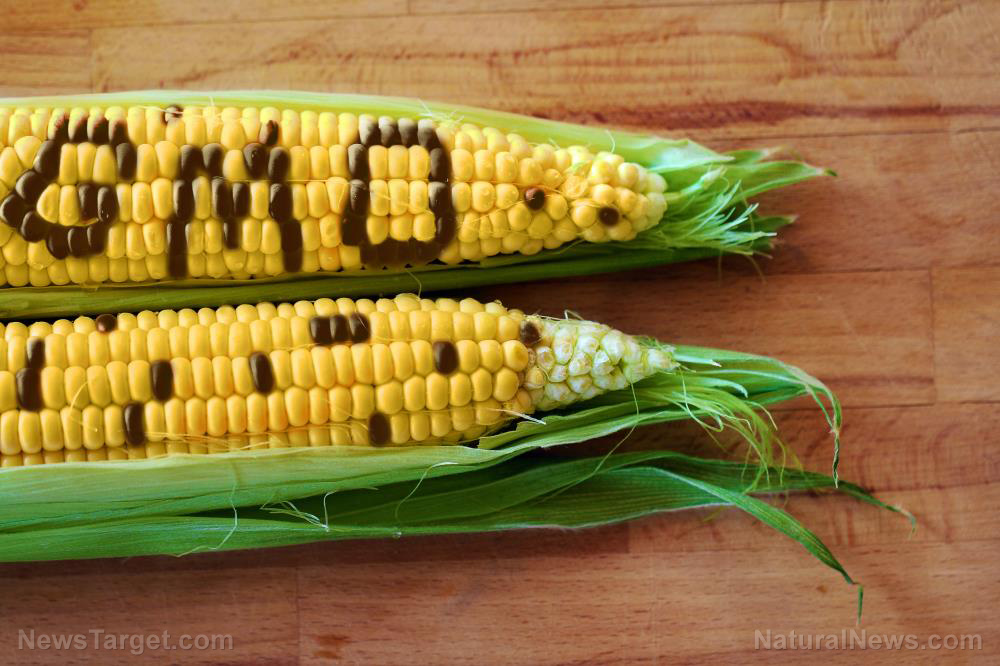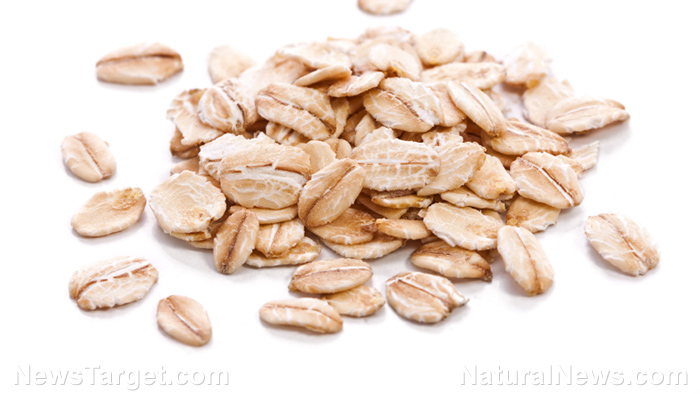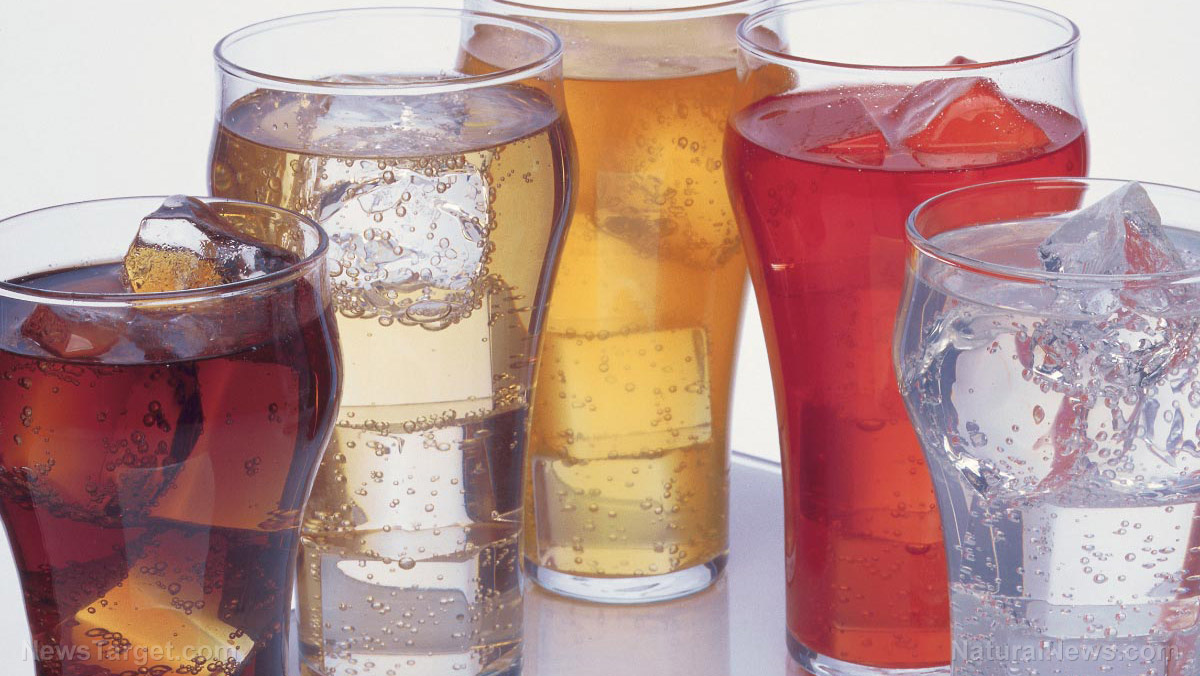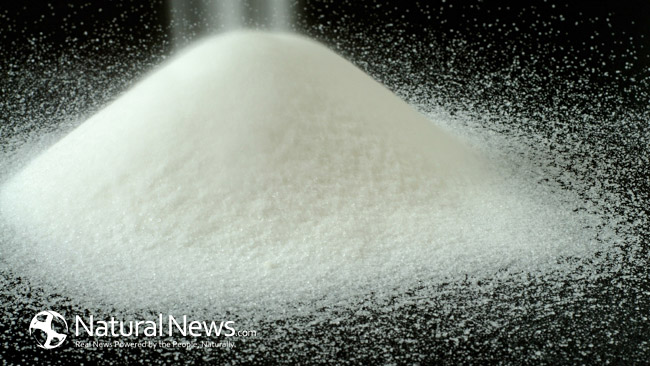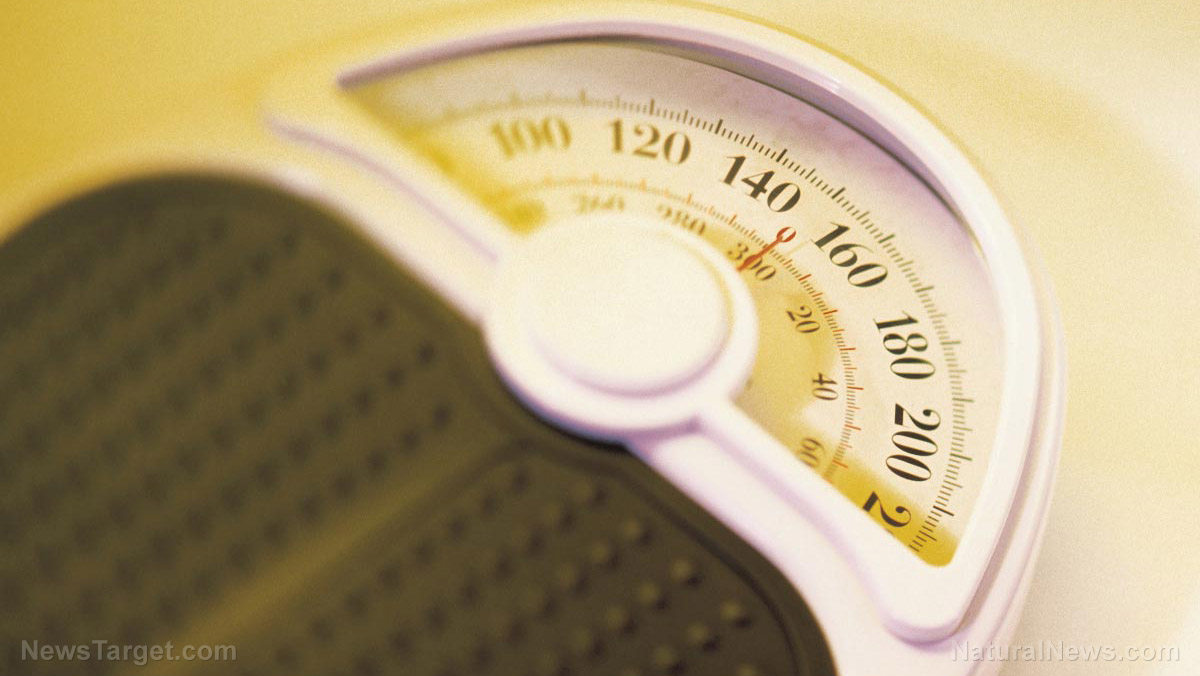How safe is your food’s packaging?
03/19/2018 / By Jessica Dolores
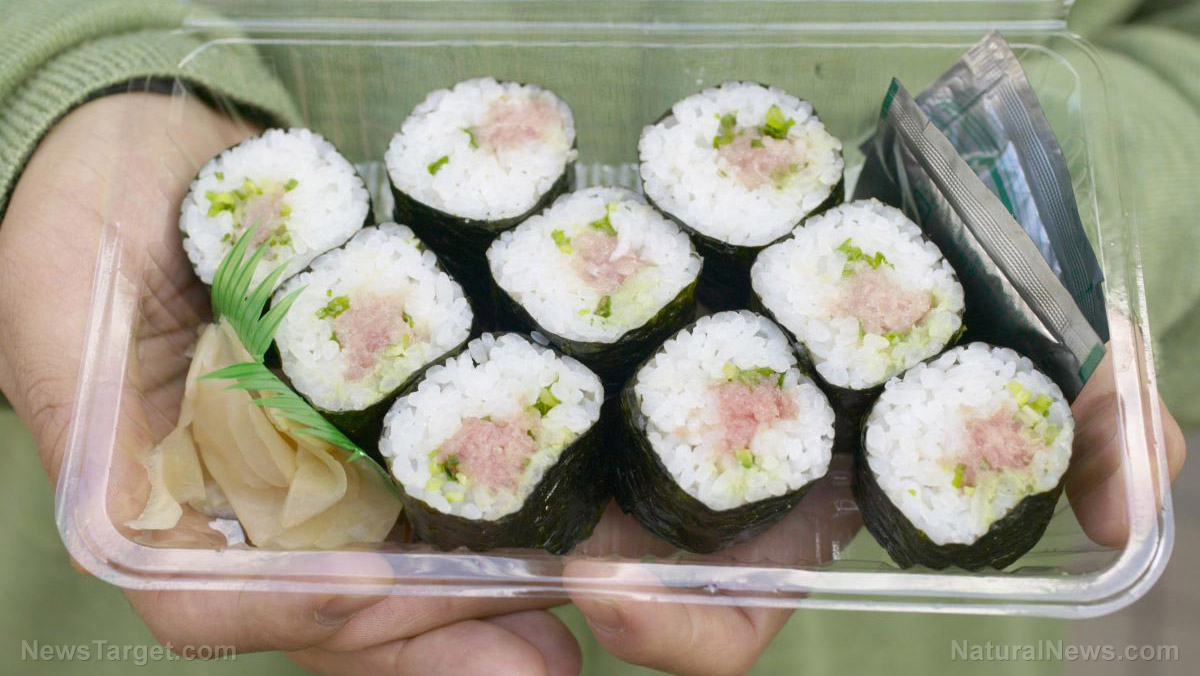
If you’re like most people, you load cereal boxes, loaves of bread in transparent plastic and other must-haves into the grocery cart without knowing that they passed through a lot of hands before they reached the shelves.
Little do you know that the thin plastic wrap which is supposed to protect the fresh tomatoes you bought in the grocery can harbor nonintentionally added substances (NIAS), like reaction by-products and impurities.
A chemical analysis of plastic samples that came into contact with food showed that indeed, unidentified compounds were part of the samples.
The research team found proof that plastic food wraps, bags, clamshell containers and others drain substances that can harm people’s health “at very low levels.”
An online article in Choice.com supports this observation. It explains that plastic can have small molecules that can make its way into the food it ironically seeks to protect.
The article adds that plastic may contain polycarbonate, which in turn can release bisphenol A (BPA). Experts believe BPA can lead to serious health issues.
Plastic in cling wrap and jar seals also contains PVC, which has harmful ingredients includes chlorine.
Lest you shift into panic mode, however, you should know that the experts themselves admit the health risks are very low. So the scientific community has not conducted risk assessment tests on these plastic wraps — yet.
This has made the research team led by Martin Scheringer and Jane Muncke to suggest conducting evaluations on possible low-dose effects of chemicals that come into contact with food or are used in making materials that come into contact with food.
The team also wants toxicological assessments of materials for any substance that may not have been intentionally added to food contact materials.
Food safety 101
While solids studies on the safety of plastic food wraps have yet to be done, it is the consumers’ responsibility to make sure the food they bring to the table is safe.
Here’s what they can do:
- Poison-carrying germs can thrive in your kitchen without you knowing it. Wash your cutting boards and utensils. Wipe countertops with hot, soapy water.
- Wash hands for 20 seconds with soap and water before, during and after whipping up a meal for yourself and your loved ones. Wash your hands before eating as well to prevent the spread of disease-causing germs.
- Place fresh fruits and vegetables under running water to make sure they’re clean.
- Put raw meat, poultry, and seafood on different cutting boards to prevent cross-contamination.
- Put raw meat, poultry, seafood, and their juices in separate containers or keep them away from other kinds of food when grocery shopping.
- Use a food thermometer to check if the food is hot enough and germs that could breed in it are gone.
- Bacteria can spread fast if the room temperature is between 40 F and 140 F. Refrigerate food if you don’t like it for the next two hours. Don’t leave it on the dining table or the kitchen countertop.
- Know when to throw your food away.
- Thaw frozen food in the refrigerator, cold water or microwave. Never do so on the kitchen countertop, where bacteria can spread quickly when exposed to room temperature.
- Reserve frozen items at the last part of your trip to the grocery.
- Make sure the packaging of meat or poultry is free from leaks or tears.
- Never buy food past their expiration dates.
- Refrigerate perishables within two hours.
- Wrap perishable food like meat and poultry securely to keep meat juices from contaminating other food.
- Consume leftovers within four days.
- Throw away food cans with dents and rust. High-acid canned food (fruits and tomatoes) are at their best within 12 to 18 months. Low-acid canned food (vegetables and meats) are good up to two to five years.
Learn even more ways to make sure your food is safe by heading to Food.news today.
Sources include:
Tagged Under: food packaging, food safety, food science, Fresh, grocery, ingredients, plastics

